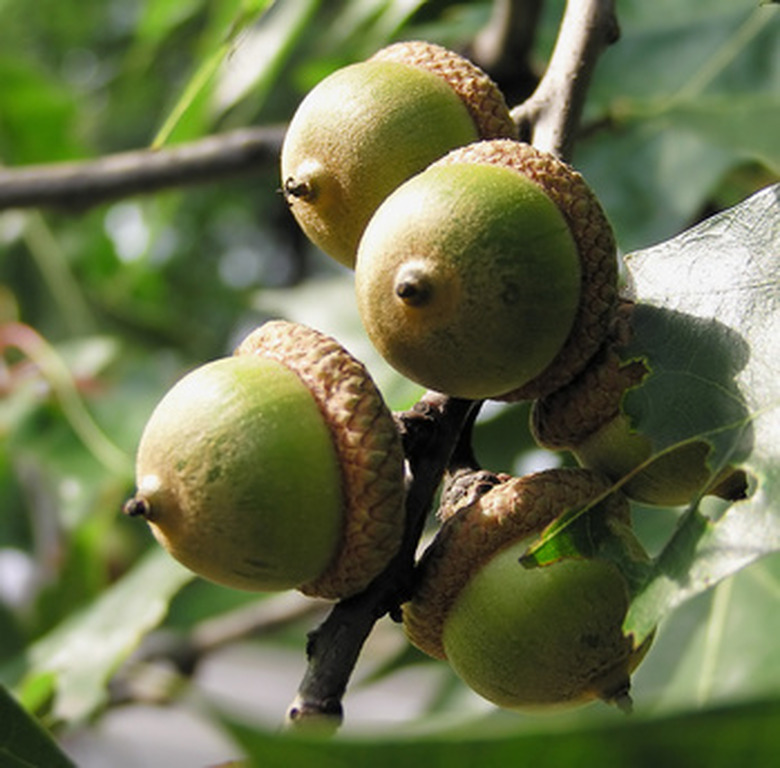Types Of Oak Trees In Georgia
Georgia is home to many oak tree species; more than 20 of them are natives. Botanists often discuss the genus Quercus as made up of two broad categories, red oaks and white oaks, and Georgia natives include both types. Although most oaks are deciduous, the state tree is one of the few evergreen oak species. Learning about the types of oak trees in Georgia includes learning about diverse growing conditions within the state. (References 1 and 2, Quercus listings)
Evergreen Oaks
Perhaps the most distinctive Georgia oak is the evergreen live oak (Quercus virginiana). Typically growing wider than they are tall, these quintessential southern trees often appear in photographs, draped in Spanish moss. Although the live oak is the Georgia state tree, unlike many other oak species, it is not hardy in the higher elevations in the state. Two semi-evergreen species, the Darlington oak (Q. hemisphaerica) and the swamp laurel oak (Q. laurifolia) are Georgia natives. University of Georgia College of Agricultural and Environmental Sciences horticulturists recommend all three species for landscape plantings in U.S. Department of Agriculture plant hardiness zones 7 and 8 in Georgia.
Red Oaks for Drier Soils
All other native Georgia oaks are deciduous trees. Many of these deciduous species are red oaks. The easiest way to distinguish red from white oaks is to study their leaves and acorns. Red oak species have leaves with bristle tips; the acorns take two years to mature, have fuzzier inner shells and are bitter-tasting. In a confusing use of common names, the black oak (Q. velutina) and the blackjack oak (Q. marilandica) species are Georgia native red oaks that grow in drier soils. Trees of this type with common names more easily identifiable as red oak species are the northern and southern red oaks (Q. falcata and Q. rubra), and the scarlet oak (Q. coccinea). University of Georgia horticulturalists recommend the southern red oak and scarlet oak species for landscape use throughout the state.
Red Oaks for Moist Soils
Another oak tree type includes red oaks that prefer moister or bottomland soils. Georgia natives in this category include the cherrybark (Q. pagoda), Nuttall (Q. nuttallii), pin (Q. palustris), Shumard (Q. shumardii), water (Q. nigra) and willow (Q. phellos) species. Georgia horticulturalists list all except the cherry bark oak as desirable for landscape plantings. (References 1, 2, and 4, Quercus listings; Reference 5, p. 4)
White Oaks for Drier Soils
Unlike red oaks, white oaks have rounded leaf lobes or pointed lobes without bristle tips; their acorns, which are sweeter-tasting, with smooth inner shells, mature in just one season. Georgia white oak species that prefer drier soils include the white oak (Q. alba), chestnut (Q. montana), chinquapin (Q.muehlenbergii) and post oak (Q. stellata) species. The white oak is a desirable landscape tree.
White Oaks for Moist Soils
A final Georgia native oak type, white oak species that prefer moist soils, encompasses the overcup oaks (Q. lyrata) and the swamp chestnut oaks (Q. michauxii). The overcup oak species is a particularly desirable landscape tree; it was the 2006 Georgia Gold Medal tree winner.
